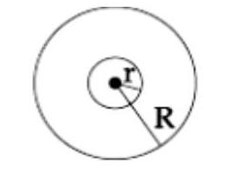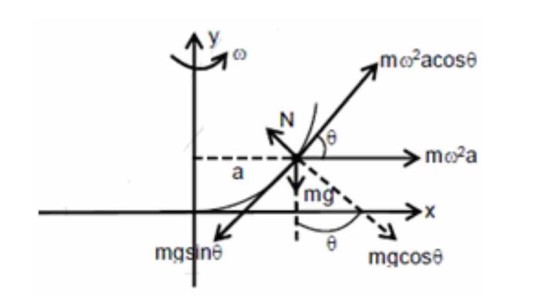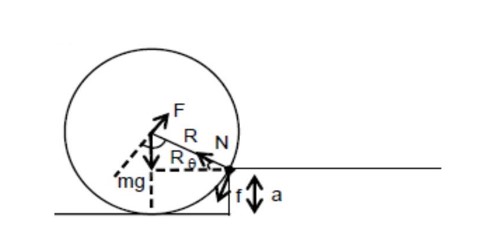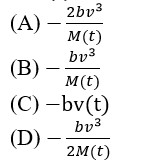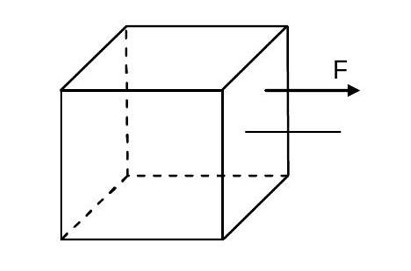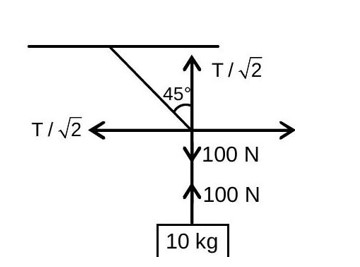Physics Laws of Motion
Get insights from 189 questions on Physics Laws of Motion, answered by students, alumni, and experts. You may also ask and answer any question you like about Physics Laws of Motion
Follow Ask QuestionQuestions
Discussions
Active Users
Followers
New answer posted
2 months agoContributor-Level 10
σ4πr² + σ4πR² = Q ⇒ σ = Q/ (4π (R²+r²)
V_c = kq? /r + kq? /R = k (σ4πr²)/r + k (σ4πR²)/R = kσ4π (r+R)
= K (Q/ (R²+r²) (R+r)
New answer posted
2 months agoContributor-Level 10
By Conservation of Angular Momentum (COAM) about O, just before and after the collision:
Initial angular momentum L? = mv?
Final angular momentum L? = Iω? = (I_rod + I_block)ω? = (M? ²/3 + m? ²)ω?
L? = L?
mv? = (M? ²/3 + m? ²)ω?
ω? = mv / (M? /3 + m? ) = (16) / (21/3 + 1*1) = 6 / (5/3) = 18/5 rad/s
By Conservation of Total Mechanical Energy (COTME) after collision until it comes to rest:
Initial Energy (at the lowest point) = Rotational K.E. = (1/2)Iω? ²
Final Energy (at the highest point) = Potential Energy = mgh_m + Mg h_M
mgh_m = mg (? -? cosθ)
Mg h_M = Mg (? /2 - (? /2)cosθ)
(1/2) * (M? ²/3 + m? ²) * ω? ² = (mg + Mg/2) *
New answer posted
2 months agoContributor-Level 10
From momentum conservation
mui + 0 = mvj + 3mv'
v' = u/3 I - v/3 j
From kinetic energy conservation 1/2 mu² = 1/2 mv² + 1/2 (3m) (u/3)²+ (v/3)²)
Solving, v = u/√2
New answer posted
2 months agoContributor-Level 10
mω²acosθ = mgsinθ
ω = √ (gtanθ/a)
y = 4cx²
tanθ = dy/dx = 8xC
(tanθ)? , b = 8aC
ω = √ (g*8aC/a) = 2√ (2gC)
New answer posted
2 months agoContributor-Level 10
FR > mgcosθR
F > mgcosθ
F > mg √ (R²- (R-a)²)/R ⇒ Mg√ (1- (R-a)²/R²)
New answer posted
2 months agoContributor-Level 10
dm (t)/dt = bv²
F_thrust = v ( dm/dt )
Force on satellite = -v (dm (t)/dt)
M (t)a = -v (bv²)
a = - (bv³)/M (t)
New answer posted
3 months agoContributor-Level 10
For no toppling
(in limiting case)
But is not possible as maximum value of ![]() can be equal to
can be equal to ![]() only.
only.
Taking an Exam? Selecting a College?
Get authentic answers from experts, students and alumni that you won't find anywhere else
Sign Up on ShikshaOn Shiksha, get access to
- 65k Colleges
- 1.2k Exams
- 679k Reviews
- 1800k Answers

